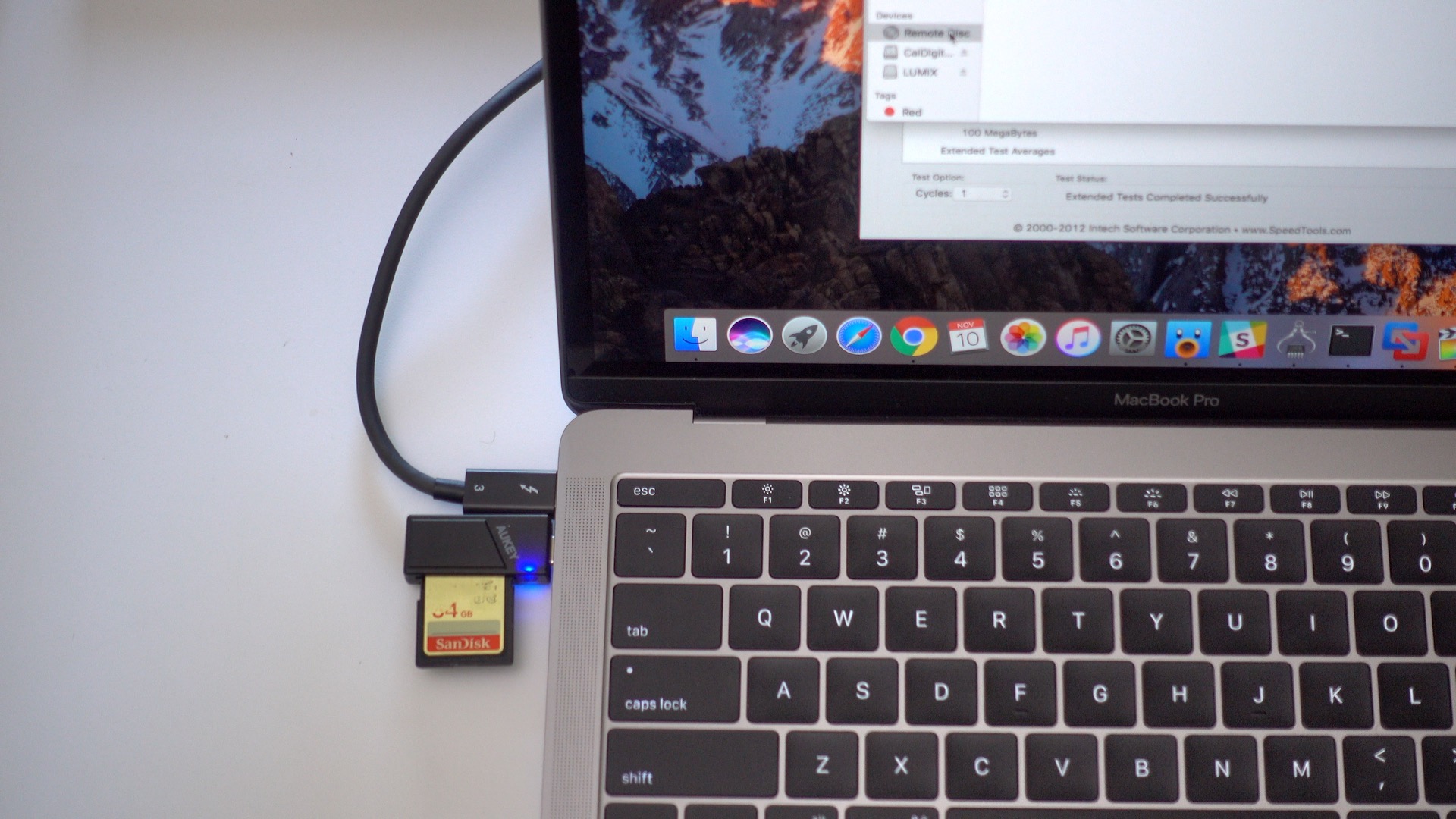

Run the tool and follow the instructions that appear on your screen.Type chrome://imageburner into the omnibox (browser's address bar).The tool may not be available in all languages. Insert a USB flash drive or SD card into your computer and follow the instructions below:Ĭreate a recovery flash drive by using the Image Burner. Step 2: Create the recovery USB flash drive or SD card: Find the recovery button location for your device. If you have a Samsung Chromebook or Acer C7 Chromebook, press Esc+Refresh then holdĭown the Power button. In some cases, you'll need to poke the button by using a pin or paperclip.Press this button, and while keeping it pressed, turn on your Chrome device again.Trigger this screen by pressing the recovery button on your Chrome device.If you don’t see either messages above but still want to recover your Chrome device , If you see the "Chrome OS verification is turned off" message, see the Chrome OS verification isģ. If you see this message when starting your computer, please proceed to Step 2.Ģ. Step 1: Check for the “Chrome OS is missing or damaged” message:ġ. A 4 GB or larger USB flash drive or SD card that you don't mind clearing.A Chrome device, Windows, Mac, or Linux computer with administrative rights.After the recovery process is completed, you’ll be guided through the initial setup again.īefore starting this process, you'll need the following: However, the actual Google Accounts and any data synced to these accounts won't be affected by the recovery process. Owner privileges for your primary account will also be reset. You may want to go through this process if you’re having problems updating your Chrome device or if your Chrome device stops working.Īll account information and data stored on your Chrome device, such as photos, downloaded files, and saved networks, will be deleted.
#Sd card recovery for chromebook install
Install a new version of the Chrome operating system on your Chrome device by going through the recovery process.


 0 kommentar(er)
0 kommentar(er)
